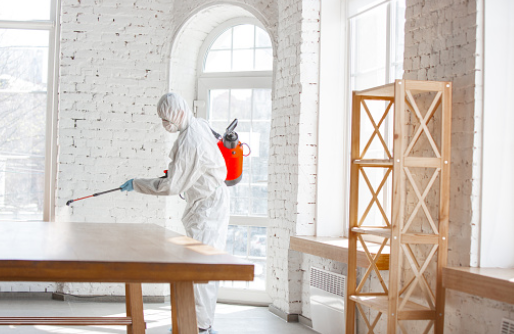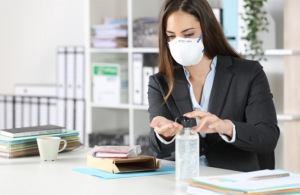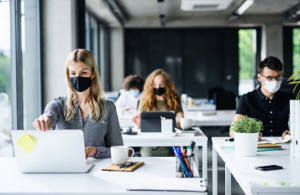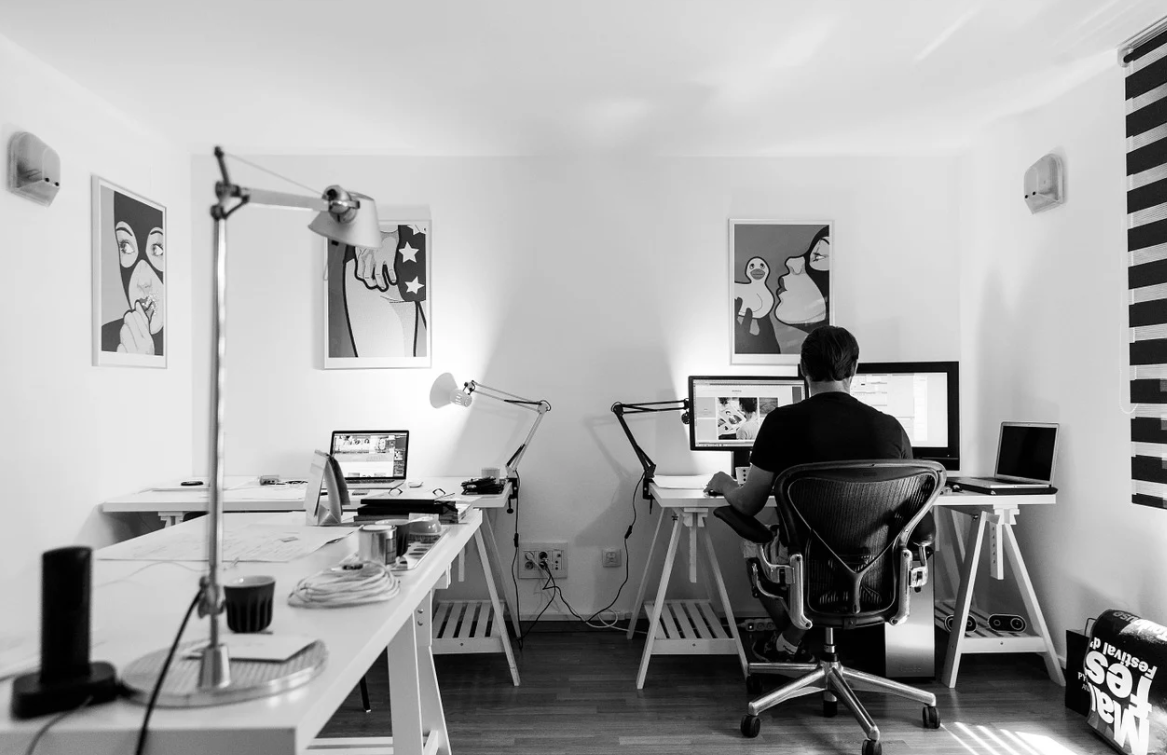Employers will need to rethink traditional workplace design as companies plan for a return to work. Startups had popularized the open office model before the pandemic. It encouraged open communication and eliminated hierarchies based on the location and size of employees’ offices. Besides, the global pandemic has changed our perception of telecommuting and open offices. Employers are under pressure to find innovative ways to get employees back in the office safely and efficiently. You can check out a particular website that explains those tips. Here are some ideas to improve office design to ensure safety and productivity after the pandemic;

Disinfect the Workplace
Companies should review their cleaning procedures and disinfect contact surfaces more frequently to avoid socially unequal workspaces. You may also need to make changes to meet current hygiene standards. You may need clear guidelines for your workplace. Open windows are a good option for offices with natural ventilation and air circulation. Use cleaning products with ultraviolet light to disinfect phones, tablets, and personal items. Your HVAC system can use ultraviolet light to kill pathogens. It is essential to clean and disinfect the space before allowing employees back to the office.
Provide Hand Sanitizers and Other Essentials
 Some offices in large cities tend to design the place to maximize space. It allows staff to be housed in the tiniest possible spot to save efficiency and cost. The cost of commercial real estate is high, so even the most successful company must keep an eye on its overhead. Even with a blended approach that records how many employees visit the office each day, it’s impossible to keep offices open according to CDC guidelines. The company created a video concept for the “two-foot office,” showing the spacing between desks, orientation for foot traffic, and other initiatives such as the use of disposable mats. These options are costly for companies, as many require additional construction or relocation of the office.
Some offices in large cities tend to design the place to maximize space. It allows staff to be housed in the tiniest possible spot to save efficiency and cost. The cost of commercial real estate is high, so even the most successful company must keep an eye on its overhead. Even with a blended approach that records how many employees visit the office each day, it’s impossible to keep offices open according to CDC guidelines. The company created a video concept for the “two-foot office,” showing the spacing between desks, orientation for foot traffic, and other initiatives such as the use of disposable mats. These options are costly for companies, as many require additional construction or relocation of the office.
Enhance the Productivity
The open office is a constant source of the noise. Studies have shown that noise affects workplace productivity by up to 40%. Noise levels in open offices (including computers, printers, ventilation, and people entering and leaving the office) average 65 decibels. The noise level from a vacuum cleaner is 69 decibels. It is impossible to have a sales conversation when the vacuum cleaner is running. This noise level can affect reading comprehension and memory, cause errors, reduce productivity, increase stress, reduce job satisfaction, and affect morale.
It’s easy to absorb sound by reducing the hard surfaces that sound bounces off of. Hard surfaces include floors, windows, walls, conference room tables, and glass. It is crucial to use porous, fibrous materials to absorb sound and reduce reverberation. These materials include fabrics, wool, felt ceiling tiles, carpets, or movable wall systems. Tile, carpet, rugs, and curtains are all examples. Plants can also absorb sound. These solutions can be expensive and unnatural if not carefully integrated into the original office design.
Promote Healthy Habits
 The global focus on health has led to an increased awareness of overall wellness. As employees become more aware of how much time they spend at their desks, the demand for sit-stand desks has increased. It leads them to experience the pain and burnout that can come from working in a confined space. The research shows that the most productive employees take frequent breaks to work smarter, not harder. Remote work, of course, allows for more breaks throughout the day. It is a behavior that managers should emulate when they return to work.
The global focus on health has led to an increased awareness of overall wellness. As employees become more aware of how much time they spend at their desks, the demand for sit-stand desks has increased. It leads them to experience the pain and burnout that can come from working in a confined space. The research shows that the most productive employees take frequent breaks to work smarter, not harder. Remote work, of course, allows for more breaks throughout the day. It is a behavior that managers should emulate when they return to work.
Install MojoDesk
MojoDesk, a leading standing desks manufacturer, recently launched MojoDome, a workstation that eliminates echo and reduces background noise for professional-sounding phone and video calls. The dome and accompanying desk provide privacy and create a more focused environment. It was a good time because it creates a physical barrier between staff to prevent social distance. People can switch the desk from a sitting to a standing position at the touch of a button. It allows the workers to stretch their legs and take a break.








